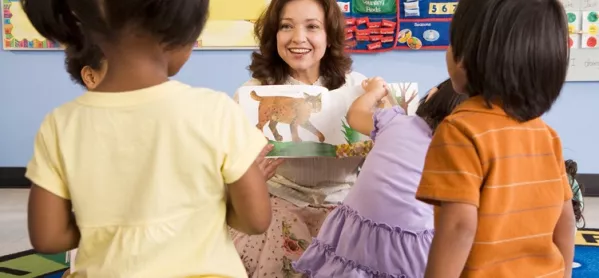How I am tackling Reception to Year 1 transition: more direct teaching
Share
How I am tackling Reception to Year 1 transition: more direct teaching
When we talk about transition at primary, we are almost always focusing on how our intrepid Year 6s will adapt to secondary school education. At some schools, the KS1 to KS2 transition might get a decent bit of attention, too (obviously if there is an infant and junior school model in your area, then a lot of attention). But one transition I think we could all do with taking a better look at is Reception to Year 1.
This is a crucial transition in schools, as has been identified in various debates and reports, following Ofsted’s Bold Beginnings report last year. In our school, we have come up with a way to try and make that shift for our pupils much easier.
We have introduced a phase system, and Phase One consists of both Reception and Year 1. Teachers in this phase are expected to rotate teaching in each year group, each year.
We are also developing our curriculum to ease the gap. I think the biggest problem for teachers is the gap between expectations at the end of Reception based on the Early Learning Goals and the expectations of the Year 1 curriculum.
The Reception curriculum for our school will, therefore, include some Year 1 objectives and will be a spiralled curriculum, whereby objectives are regularly revisited to take advantage of the effect of retrieval practice. The curriculum will ensure a balance between play-based learning and direct whole-class and guided-group teaching.
'Teaching needs to adapt'
I think the teaching needs to adapt in Reception: I feel that the role of direct teaching in the EYFS can often be neglected.
So my aim is to develop the long-term and medium-planned spiralled curriculum and produce whole-class PowerPoint presentations for each objective, to be used in direct teaching, while also producing written activities that are able to be adapted to be used practically.
Each resource will be based on appropriate visuals to develop and deepen concepts using principles of variation and retrieval.
Mathematics teaching in EYFS needs to have its profile raised, too. I am, therefore, in the process of developing a new Reception curriculum for maths to hopefully overcome this barrier.
Will it solve our issues with transition? I believe it will certainly improve things, but for the proof we will have to wait.
Kevin O’Brien is a member of senior leadership, maths coordinator and Year 6 teacher




